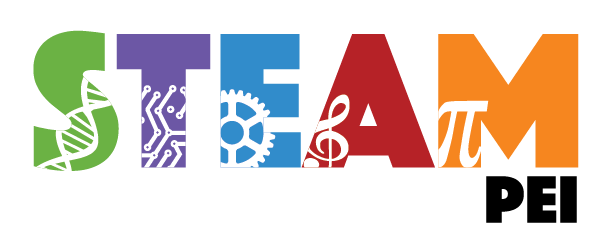Quanta Cms
An innovative, DB-free Framework for web and application development, based on the principles of Quantum physics.
Originally designed by Aldo Tripiciano in 2014, Quanta is now proudly free and open source.
Detailed info is available at the official website: https://www.quanta.org
The Author
Aldo Tripiciano is a seasoned italian IT Developer, consulting for 15+ years on the major CMS players (Drupal, Wordpress, Joomla, etc.) for global companies and organisations such as the United Nations and the European Commission. After mastering the top tools in the market, he decided to go one step beyond and build something new, to better fit the new generation of the Web.
Quanta's Features
Quanta is a CMS thought for developers, offering a number of features out of the box:
Pre-defined installation profiles (including modules, themes and general entities) A customizable UI backend ("Shadow"), also used for overlay forms Qtags, an agnostic markup language allowing the creation of nestable Tags that are incapsulated into templates, allowing the creation of complex applications with huge reduction of coding times Inline editing of content A batch tool (Doctor) for installing, updating, diagnostic and repairing the system. User management tools Inline Form management Workflow management (Draft->Published statuses, etc.) Taxonomy management Multilingualism / Internationalization Widget / Web service tools based on Qtags Many Pre-defined integrated Qtags (Blog, Carousels and Slideshows, Galleries, Media Playlists, Maps, XML Sitemaps, Widgets, and much more)Quanta's Architecture
Quanta's Architecture is built on a modular, Object Oriented PHP approach, not adhering to the traditional MVC model.
Quanta uses the follow design patterns:
Factory
All Quanta entities such Nodes, Pages, Templates, Qtags, etc. are constructed and manipulated via static methods implemented in Factory classes. The classes are dynamically loaded at run-time using an autoload routine.
Front Controller
All requests (excluding static files, that are served directly) are elaborated and served via the centralized boot.php file. The boot file processes the request, bootstraps Quanta and renders.
Template Method
Through the use of "hooks" function, custom modules can intercept every phase of the content loading phase, manipulate the data and change the behavior of standard processes.
Quanta's internal architecture is based on:
a 100% file-system based DB architecture structured on hierarchical system folders
版权声明:
1、该文章(资料)来源于互联网公开信息,我方只是对该内容做点评,所分享的下载地址为原作者公开地址。2、网站不提供资料下载,如需下载请到原作者页面进行下载。
3、本站所有内容均由合作方或网友上传,本站不对文档的完整性、权威性及其观点立场正确性做任何保证或承诺!文档内容仅供研究参考学习用!
4、如文档内容存在违规,或者侵犯商业秘密、侵犯著作权等,请点击“违规举报”。


